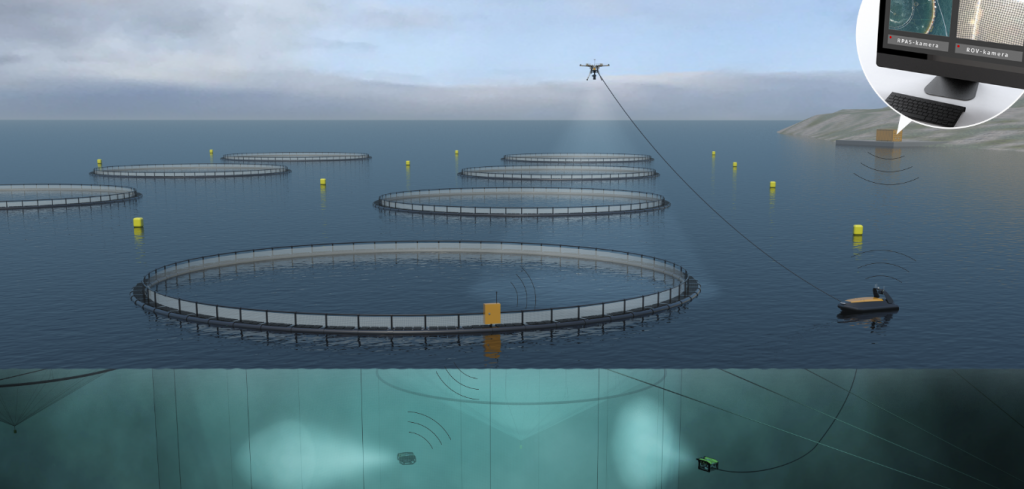Not only is periodically capturing some of the farmed fish difficult and time-consuming, it’s also stressful to the animals, plus it doesn’t always provide an accurate estimate of fish populations. That’s where the echo-sounding approach comes in.
As part of the EU-funded PerformFISH project, scientists from Norway’s SINTEF institute and Greece’s Hellenic Centre for Marine Research (HCMR) set about addressing that problem.

Doing so involved starting with two pens – each one containing a known number of salmon – that had an echo-sounder located between them. The researchers then proceeded to take readings while varying the distance between the two pens, along with the distance between each pen and the echo-sounder.

By comparing the device’s various readings with the known number of fish in the pens, it was possible to identify a consistent relationship between the information provided by those readings and the actual fish numbers. The echo-sounder could then be calibrated to provide what proved to be reliable estimates of fish density within enclosures.
According to New Atlas














